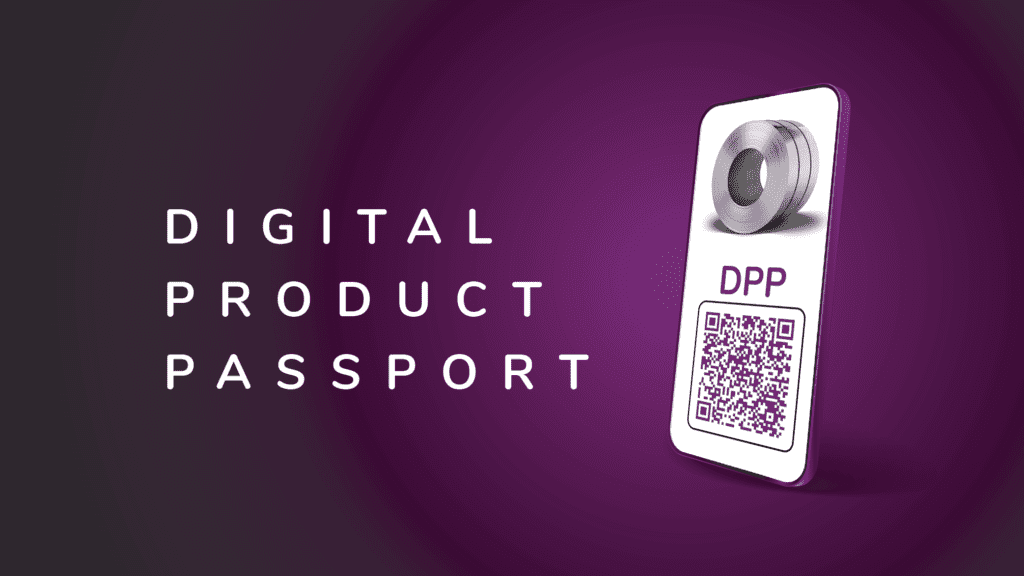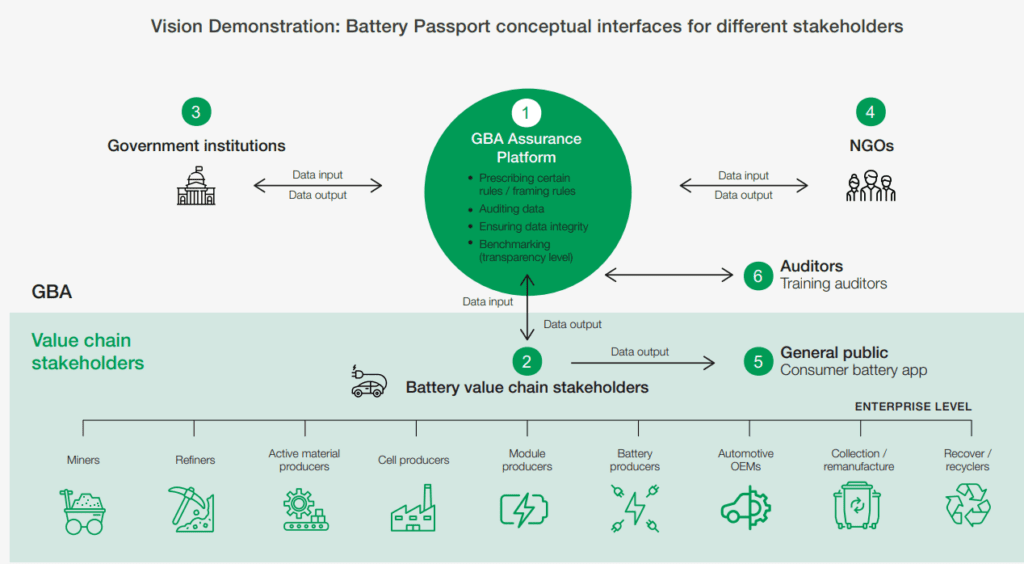The Digital Product Passport: The ESG Digital Twin of a Manufactured Product
Home The Digital Product Passport, the ESG digital twin ID of a manufactured product
According to Eliot Whittington, Director of Policy at the University of Cambridge Institute for Sustainability Leadership, a well-designed Digital Product Passport will be an invaluable policy and business tool, one that will enable businesses to create more sustainable and circular materials and products by monitoring how they are made throughout the supply chain. It will also support consumers in making well-informed choices based upon sustainability criteria. “This could be game-changing in the effort to build a European circular economy,” he says.

In light of growing concerns about global warming and commodities scarcity (water, raw materials, energy, etc.), governments, financial and insurance institutions, and industry are developing tools to run our economies differently and to tightly manage the supply of natural and raw materials.
To do so, the European Union has issued its Circular Economy Package (March 2022) and the Ecodesign for Sustainable Product Initiative (ESPI), which includes a proposal for the use of a Digital Product Passport (DPP). By acting like a normative accelerator, this tool could enhance all operations along the supply chain, ultimately reducing the negative environmental impacts a product has across its lifecycle – from mining to production to disposal.
A preliminary assessment by the Commission has identified that product categories such as textiles, furniture, mattresses, tyres, detergents, paints, and lubricants, as well as intermediate products like iron, steel and aluminum, have a high environmental impact and potential for improvement, and may thus be suitable candidates for the first workplan.
The information to be included in the DPP will be determined when preparing product-specific rules. However, per the Commission’s draft, it may include some information relating to the requirements of the Ecodesign and Sustainable Product Initiative, such as:
- Durability, reliability, reusability, upgradability, reparability, possibility of maintenance and refurbishment of the marketed product
- Recycled content, possibility of remanufacturing and recycling, possibility of recovery of materials
- Presence of substances of concern
- Energy use or energy efficiency, resource use or resource efficiency
- Environmental impacts, including carbon and environmental footprint
- Expected generation of waste materials
The introduction of a DPP would deliver a range of benefits including:
- Access to reliable and comparable product sustainability information for businesses and policymakers, along with information to address product liability challenges more broadly. A form of ‘classes of performance’ can be considered for instance ranging from ‘A to G’ – to facilitate comparison between products, possibly displayed in the form of a label
- Increased transparency, traceability, consistency and compliance management for each player in each part of the value chains
- Support for companies to monitor and report against sustainability indicators and claims through a digital tool
- Enabling resource optimisation as well as energy efficiency strategies
What does this mean for the Industry?
The disruption is already being felt in the way we do business, and run our operations.
For example, purchasing has become a key factor in the supply chain as the digital passport will trace the DNA of a product from the production of basic materials to end-of-life disposal. The purchasing requirements have already started to impact the global supply chain of components, requiring operations and management to become more sustainable.
As a lot of information will be shared, the digitalisation and legal treatment of information will be mandatory, either for data protection concerns (e.g., enhancement of Ecodesign processes) or for strategic decision making. Data management will be fundamental.
NGOs and individual surveillance activities will likely increase the use of fact checks. Furthermore, the Commission is empowering itself to request that a company improve the Ecodesign of a product, including in the manufacturing process, by requiring the measurement of the energy a product consumes, etc.
As such, DPP rules could potentially facilitate innovative thinking on circularity and new practices, focusing on details and strengthening Public/Private cooperation at the earliest stage of a product design. This would bring some predictability and visibility to the market and drive cooperation and the mutualization of R&D resources. It could also be an enabler for disruptive business models with better interaction among actors along the supply chain and avoiding all kinds of waste.
The timeline for digital product passport development is unclear. As of early 2022, only batteries had a firm deadline of 2026. Automotive is indeed the Beta version of the DPP. Other more complex products could take longer. That being said, all industry needs to get technically and digitally prepared. Implementation could accelerate due to the global context.
We at Aperam will follow developments around the Digital Product Passport and are keen to discuss the matter with you. Stay tuned.
Case study: Abstracts from the Global Battery Alliance on the Battery Passport
The aim of the Global Battery Alliance (GBA) is ‘to collaborate on key initiatives to ensure a sustainable and responsible value chain’.
An example of that collaboration is the Global Battery Alliance Battery Passport, a digital twin of a physical battery with a strong focus on its ESG performance.
GBA Battery Passport program consists of:
- A global reporting framework to govern rules around measurement, auditing, and reporting of ESG parameters across the battery value chain.
- A digital ID for batteries containing data and descriptions about the ESG performance, manufacturing history, and provenance as well as extending battery life extension and enabling recycling.
- Harmonizing digital systems to collaborate across the value chain to report data into the battery passport.
- A digital platform that will collect, exchange, collate and report data among all authorized lifecycle stakeholders to advance a sustainable value chain for electric vehicle (EV) and stationary batteries.
- A quality seal for batteries (based on the data reported into the platform) to facilitate responsible purchasing by consumers.
The GBA will:
- Transparently report progress toward global goals along the battery value chain to inform policy-making for governments and civil society and to develop performance benchmarks.
- Provide transparency in practice and on the impact of the battery along the value chain to all relevant stakeholders.
- Create a framework for benchmarking batteries along criteria by identifying those that are best and worst in class and providing minimum acceptable standards for a sustainable and responsible battery.
- Validate and track progress on the pathway to sustainable, responsible and resource-efficient batteries.



 3,81%
3,81%